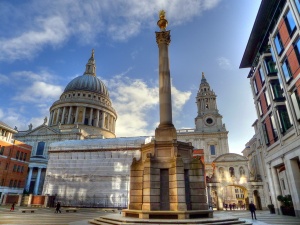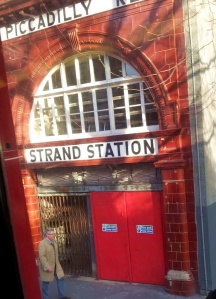 A Contemporary engraving of eight of the thirteen conspirators, by Crispijn van de Passe the Elder. Missing are Digby, Keyes, Rookwood, Grant, and Tresham.
A Contemporary engraving of eight of the thirteen conspirators, by Crispijn van de Passe the Elder. Missing are Digby, Keyes, Rookwood, Grant, and Tresham.
The Gunpowder Plot was a failed assassination attempt against King James VI of Scotland and I of England by a group of provincial English Catholics led by Robert Catesby. Their aim was to blow up the House of Lords on 5 November 1605, while the king and the entire Protestant aristocracy and nobility were inside. The conspirator who became most closely associated with the plot in the popular imagination was Guy Fawkes, who had been assigned the task of lighting the fuse to the explosives.
Since then, effigies of unpopular figures have been burned on bonfires on 5 November. Children used to make ‘guys’ out of old rags stuffed with paper, ready for burning. They would parade their guys through the streets, asking passersby for “a penny for the guy”. The paper masks the children used to wear were an earlier version of the stylised Guy Fawkes mask, designed by illustrator David Lloyd, that has now been adopted as a symbol for anti-establishment protests around the world.
5 de novembro – o nosso “dia de são joão”; com fogueiras, fogos de artifício e quentão.







 A Contemporary engraving of eight of the thirteen conspirators, by Crispijn van de Passe the Elder. Missing are Digby, Keyes, Rookwood, Grant, and Tresham.
A Contemporary engraving of eight of the thirteen conspirators, by Crispijn van de Passe the Elder. Missing are Digby, Keyes, Rookwood, Grant, and Tresham.